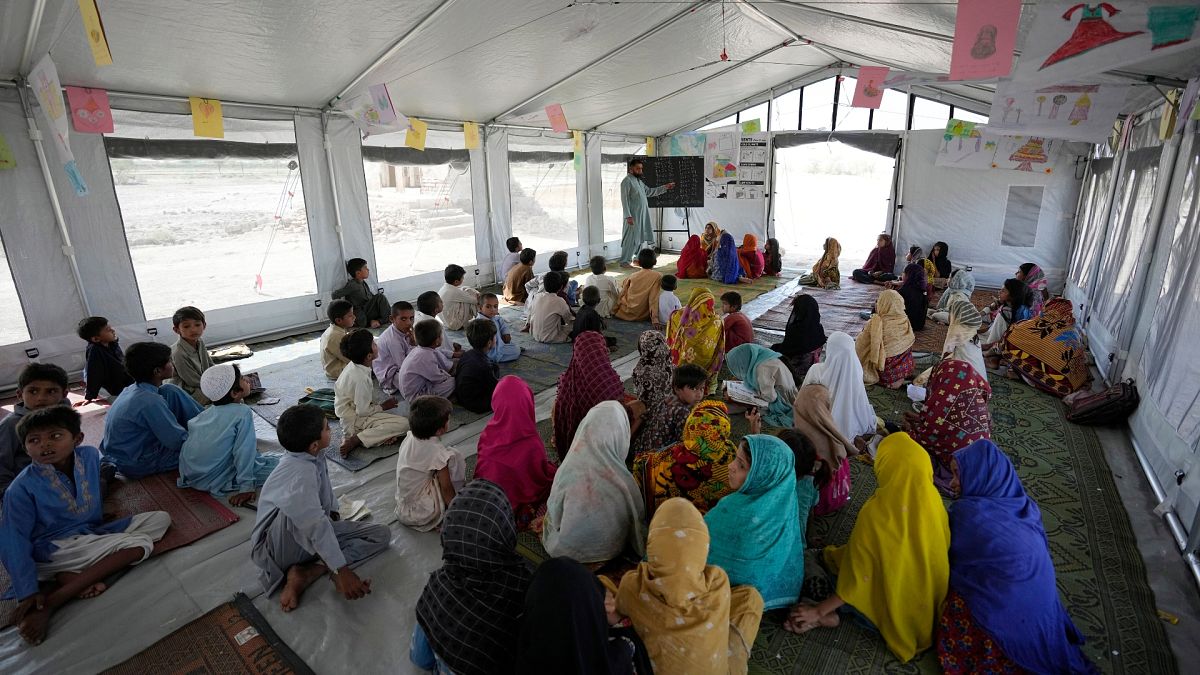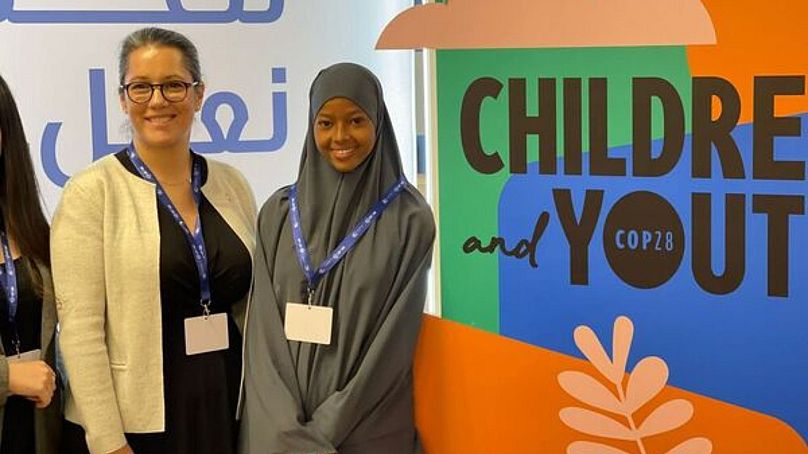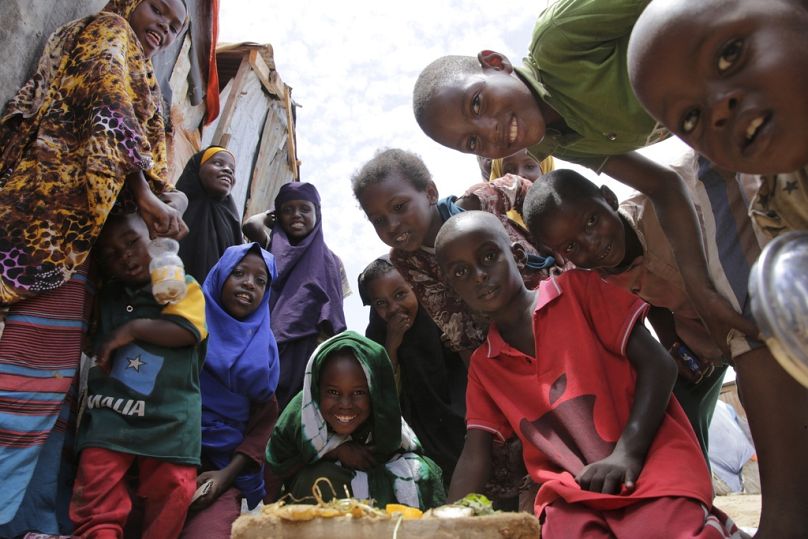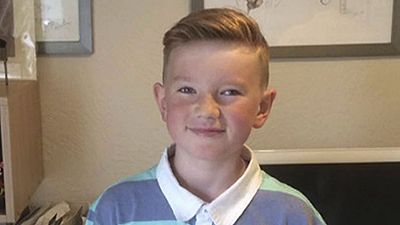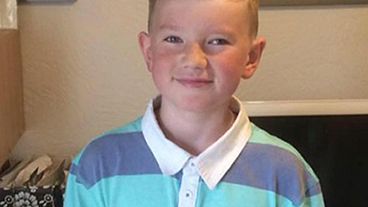If we don’t acknowledge how children are affected by climate change, we could miss the chance to address the group that has done the least to cause the crisis.
One billion children - almost half of the world’s child population - live in countries that are climate-vulnerable. A third of the world’s child population is impacted by both the climate crisis and poverty.
According to UNICEF, extreme weather has internally displaced at least 43 million children in the last six years - the equivalent of 20,000 children a day being forced to abandon their homes and schools.
Less than 3 per cent of key global climate funds have been spent on supporting children since 2006, however, according to a report from members of the Children’s Environmental Rights Initiative (CERI) coalition: Plan International, Save the Children and UNICEF.
“It’s really critical to ensure that the climate crisis is acknowledged and addressed as a child rights crisis,” Save the Children CEO Inger Ashing tells Euronews Green at COP28.
“If we don't acknowledge that, there's a huge risk that we miss addressing the group that is most impacted and has done the least to cause the situation.”
Devastating climate consequences for children
Ashing was in Pakistan in August, one year after the devastating flooding that left one-third of the country under water, more than 1,700 people dead and 8 million people displaced by the extreme weather.
“The children were still living in tents because the houses had not been rebuilt,” she says.
“We have started to help rebuild the school but in addition to that, we’re also focusing on actually helping the children to understand what happened to them and help them understand what they can do to avoid being affected when it happens again.”
Climate change has brought heavy rains to 16-year-old Nafiso’s home in Mogadishu, Somalia she tells Euronews Green. Flooding has meant missing multiple days of school in recent months.
Drought brings extreme heat which means her family’s tin-roof home gets unbearably hot. “Some of the younger children had to be taken to hospital to get help,” she says.
At COP28, Nafiso crossed paths with her own president and highlighted the conditions faced by children living in internally displaced persons camps in Somalia due to conflict, flooding and droughts.
“I hope that the message I’ve passed on to the leaders - both the government of Somalia as well as the international community - means they take action to address the issues I’ve raised. And [that children] are able to get the services and education that they deserve.”
Climate funding is failing children
To tackle the interlocking crises of climate change, conflict, poverty and more, Ashing says the root cause of the problem needs to be addressed rather than just applying “band-aid” solutions.
But the current funding is failing to support children impacted by the climate crisis adequately.
Save the Children, Plan International and UNICEF’s report published earlier this year found that just 2.4 per cent of key global climate funds could be classified as supporting child-responsive activities.
That’s around $1.2 billion (€1.1 billion) that met the three criteria it set out: addressing the distinct and heightened risks they experience from the climate crisis, strengthening the resilience of child-critical social services and empowering children as agents of change.
The report’s authors say that is likely to be an overestimate too and even less money may have met all the requirements.
“We’re trying to get governments and others to understand that unless you are specifically targeting children, there’s a huge risk that you are not addressing their needs when you respond,” Ashing explains.
So far, there hasn’t ever been an official COP decision that focuses on children and the climate crisis.
Children’s voices are missing from the process
Throughout COP28, young people have been increasingly vocal about their inclusion in the negotiating process.
At a youth dialogue event, Dr Mashkur Isa of YOUNGO - a global network of youth NGOs, children and youth activists aged up to 35 years - asked the audience members under 35 to raise their hands. Most of the auditorium put theirs up.
Even though there is a high level of youth representation, he noted how young people are mostly missing from the day-to-day work of the UN climate conference.
“Despite our continuous calls for ambitious climate actions, our children and youth are absent from climate discussions, commitments and policy-making,” Dr Isa said.
“Parties must protect our interests by immediately placing the voices of children and youth at the centre of all levels of climate change decision-making.”
The CERI coalition's report focuses solely on whether funds benefit children, let alone whether they are involved in the process of determining what it is they need.
Ashing says, “If you're looking only at child participation and projects actually targeting children directly, [the funding is] even less.”
“Every country needs to ensure that they are engaging children in their day-to-day work to ensure that they know what their needs are.”
That insight - what children think should be a priority, especially for money intended to reach them - then needs to be brought into the decision-making process about how that money is allocated.
“That’s the only way we can make it more child friendly,” Ashing adds, “and for COP to have the positive implications for children that we want it to have.”
